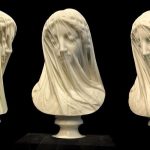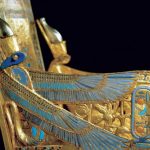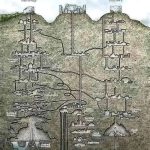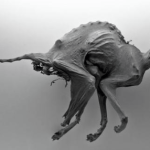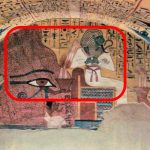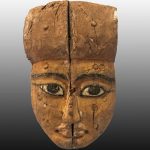The Gebel el-Arak is an ancient 5,450-year-old Egyptian knife with an ivory handle.
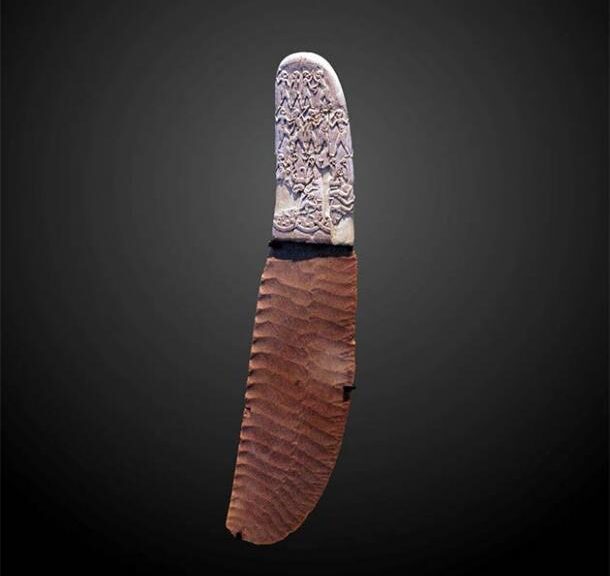
This unique dagger from the late predynastic period consists of a light silex blade, sculpted using a highly sophisticated technique, and an ivory handle featuring carved bas-relief scenes. It is one of the oldest known examples of bas-relief sculpture.
The themes come from Nilotic as well as Mesopotamian traditions: animals, the hunt, lions overwhelmed by a figure, boats, and human combats.
A Luxury Object
Everything in this weapon illustrates luxury and technical expertise. The blade, made of extremely high-quality, light ocher slate, reflects an accomplished mastery of stone-cutting techniques. Parallel strips were removed on one side to form a regular pattern.
The other side of the blade is simply polished. Small areas were reworked to form a sharp serrated edge. Egyptian craftsmen used this meticulous technique for a short period only, between 3500 and 3200 BC.
This is the most accomplished example of the silex tool-making technique. Analyses of the handle determined that it is made of a hippopotamus tooth.
Only a small number of ivory dagger handles of this type, decorated with relief carving, exist. These were exceptional works, reserved to an elite.
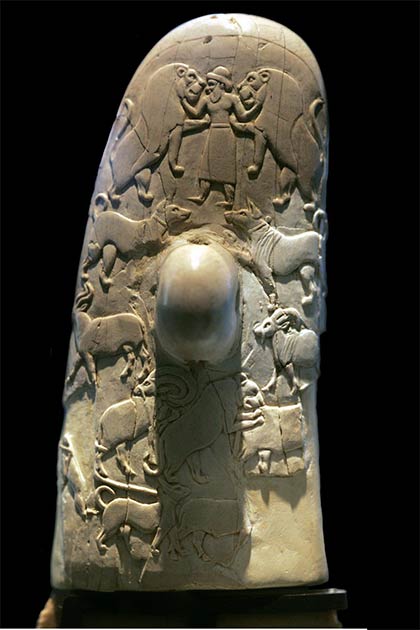
Men And Animals
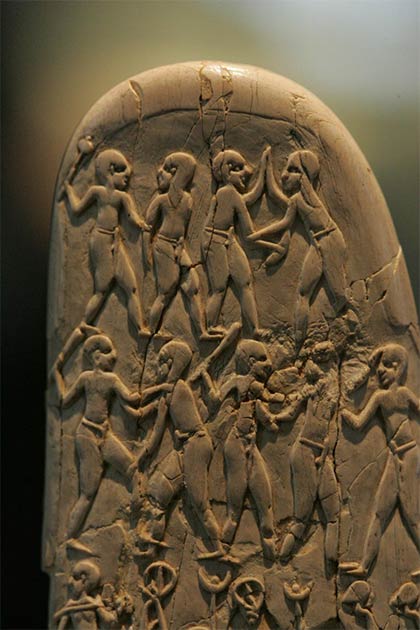
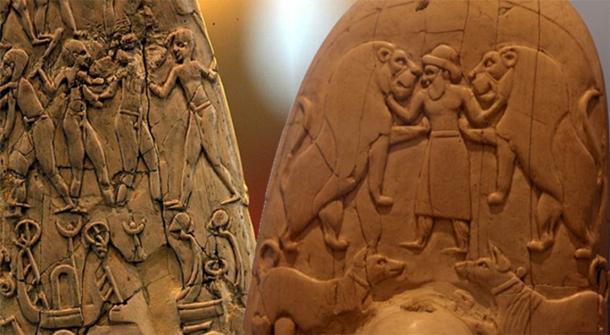
The blade is set into a carved hippopotamus tooth and has a central knob with a hole for attaching a cord. On one side is a bearded figure wearing a cap, standing between and subduing two lions. Below are two domesticated dogs and wild animals; a hunter seems to be catching an antelope.
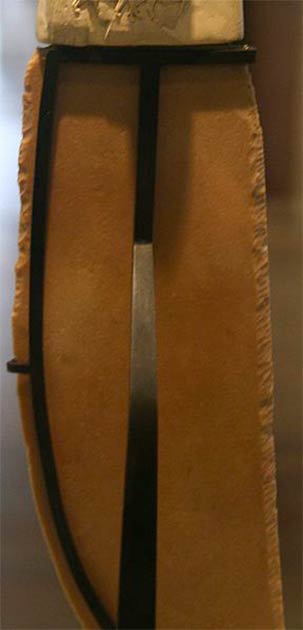
The other side depicts combats arranged in several registers. At the top are quasi-nude men wearing penis sheaths, in hand-to-hand combat. At the bottom, dead bodies are strewn between two different types of boats, both in use in Egypt during the Naqada period.


